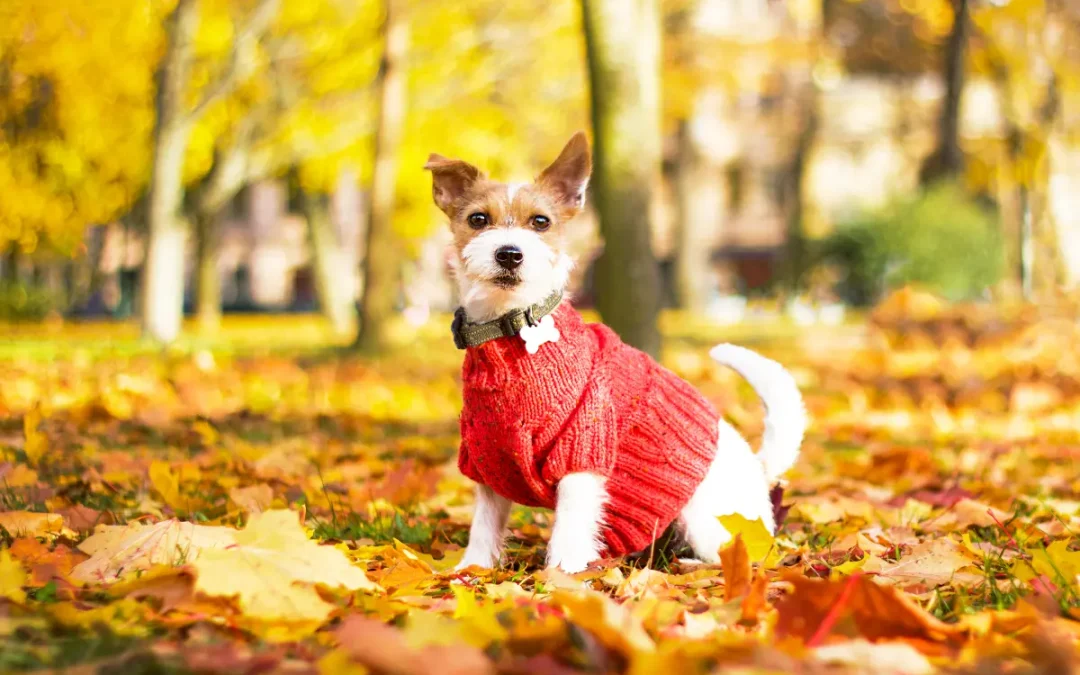
Additional Important Items to Be Wary Of:
Keep School Supplies Out of Paws’ Reach — School is back in session, which means there will be plenty of school supplies in the home. Glue sticks, pencils and magic markers are considered low toxicity to pets but gastrointestinal upset and blockages can still occur if ingested.
Beware of Rodenticides and Cold Weather Poisons — The use of rodenticides increases in the fall and are highly toxic (and sometimes very appealing) to pets, and if ingested, the results could be fatal. If you must use these products, please do so with extreme caution and keep them in places inaccessible to your pets.
Many people choose fall as the time to change their car’s engine coolant. Ethylene glycol-based coolants are highly toxic, so they should be kept away from pets and any spills should be cleaned up immediately. Consider switching to propylene glycol-based coolants — though they aren’t completely nontoxic, they are much less toxic than other engine coolants.
Watch Out for Wildlife — As temperatures dip, snakes prepare for hibernation, increasing the possibility of bites to pets who find themselves in the wrong place at the wrong time. Pet parents should know what kinds of venomous snakes may be lurking in their environment — and where those snakes are most likely to be found — so pets can be kept out of those areas.
Steer Clear of Mushrooms — Fall is mushroom season and while 99% of mushrooms have little or no toxicity, the 1% that are highly toxic can cause life-threatening problems in pets. Since most toxic mushrooms are difficult to distinguish from nontoxic ones, the best way to prevent pets from ingesting these poisonous plants is to keep them away from areas where any mushrooms are growing. Please visit our poisonous plants page for more information.
